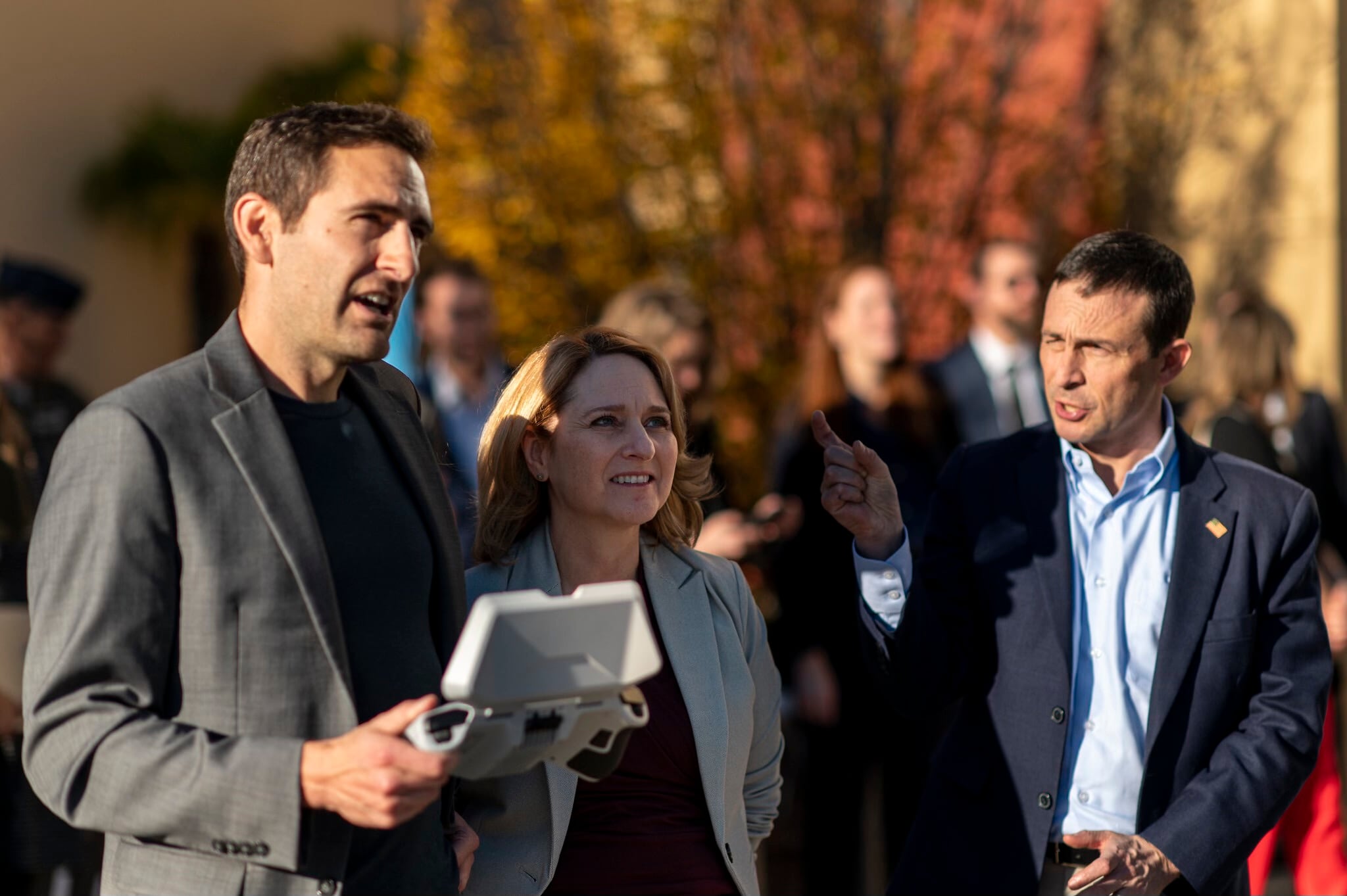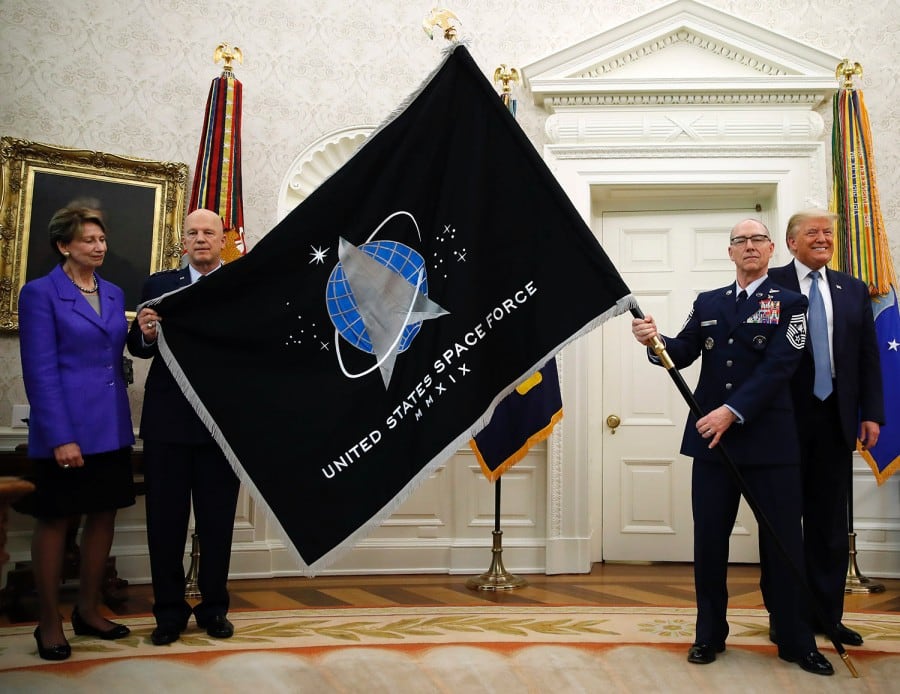The Navy has awarded Raytheon a $92 million contract to develop a new Enterprise Air Surveillance Radar (EASR) for the Navy's new Ford-class carrier fleet and big deck amphibious warships.
Company officials said the technology for the new radar will draw from capabilities already being developed for the Navy's Arleigh Burke-class guided-missile destroyers in Raytheon's SPY-6 Air and Missile Defense Radar program.
By leveraging the advances already being made in the SPY-6 program, the new system "will enable the war fighters to conduct their mission with greater operational efficiency," according to Dave Washburn, Raytheon enterprise air surveillance radar program director. "With SPY-6, we have developed and matured all these technologies in advance. That enables us to come to this from a mature starting point."
The EASR will provide simultaneous anti-air and anti-surface warfare capabilities, along with electronic protection and air traffic control functionality, to the Gerald R. Ford-class carriers — starting with John F. Kennedy — and the planned LHA-8 amphibious warship.
The system replaces existing AN/SPS-48 and AN/SPS-49 air search radars and will take the form of an active electronically scanned array (AESA), also known as an active phased array radar. In this technology, radars can be aimed, as compared to older radars in which signal emissions were passively spread across a wide range of frequencies.
The newer-generation tool should be better able to manage background noise and deliver enhanced reaction time. "The ability to direct a beam gives you much more flexibility and capability than you would get with an older-generation radar," Washburn said.
AESA also offers a more robust capability in an increasingly contested electronic space.
"It will have the ability to execute the mission under modern threats in a challenged electronic environment," Washburn said. The system has built-in "electronic protection capabilities … to be able to counter electronic attacks. The threat space is continually evolving and radar needs to be able to perform in that evolving threat space. It has to cut through clutter, interference, jamming."
The new system consolidates multiple capabilities into a single unit: It’s designed to deliver both air defense and air traffic control capabilities. "We are doing all of that in a single box, all integrated together," Washburn said. This should help to make operators more efficient, while also helping to constrain the size, weight and power demands of the system.
The system is based on Raytheon’s gallium nitride (GaN) semiconductor technology. Radio frequency amplifiers made with GaN are five times more powerful than the ones in radars using traditional semiconductors, the company reported.
In mid-2013, GaN earned a Manufacturing Readiness Level (MRL) production capability of "8," the highest rating obtained by any organization in the defense industry for GaN. (MRL is a measure used by the Office of the Secretary of Defense to assess the maturity of manufacturing readiness with new technologies.)
Since then, the company has incorporated GaN into a number of products, including its AESA for the Patriot air and missile defense system. The Missile Defense Advocacy Alliance has lauded that implementation for its flexibility, noting it is "fully interoperable with NATO, and also retains backwards compatibility with both the current Patriot system and any future system upgrades fielded by any of the 13 nations that currently own Patriot."
That inherent flexibility is helping the company adapt its existing technology for use in the new carrier-class radar.
"SPY-6 was designed to be a scalable, open-architecture radar that could be tailored and configured in terms of size and capability to match different platforms and different needs," Washburn said. "So now there is a certain amount of tailoring that we will do now to configure the hardware to match this mission."
Two versions of EASR are planned. One will be a single-face rotating radar for the LHA-8 amphibious assault ship. The other will be a three-face fixed array radar for use on the Ford-class carriers. Raytheon said it has been contracted for 16 of the new radar systems to deliver between 2020 and 2026.






